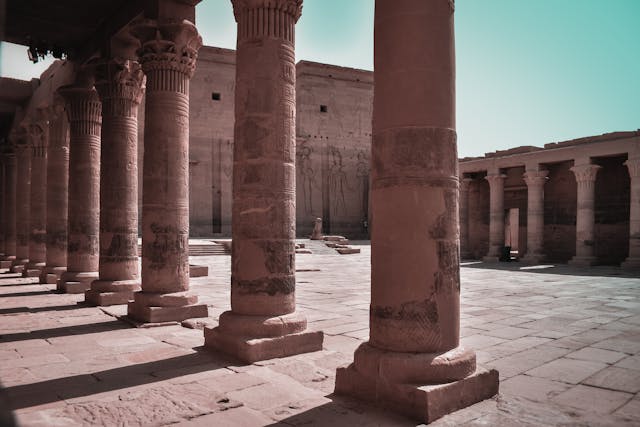
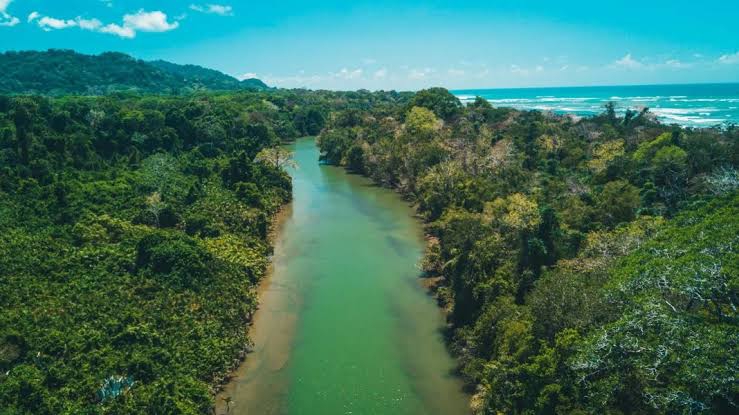
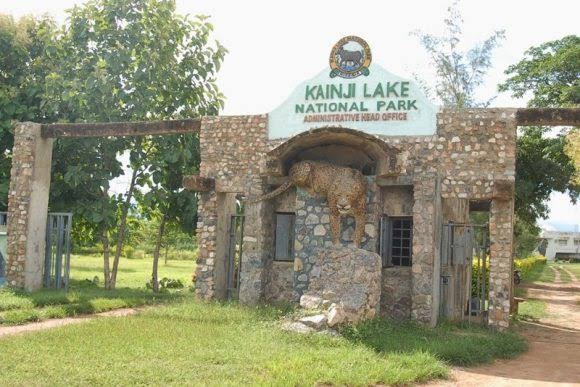
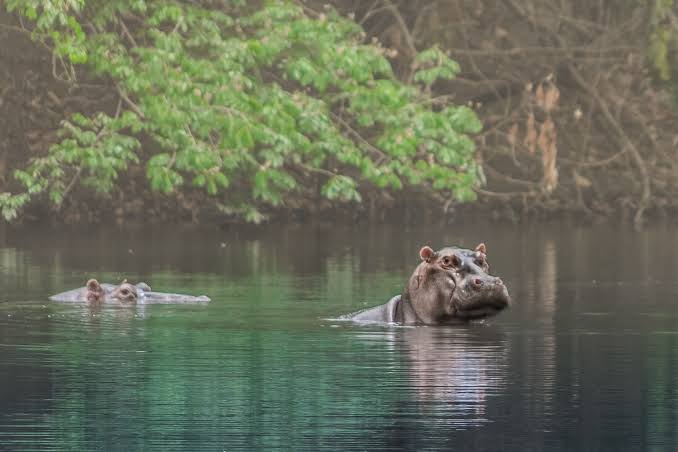
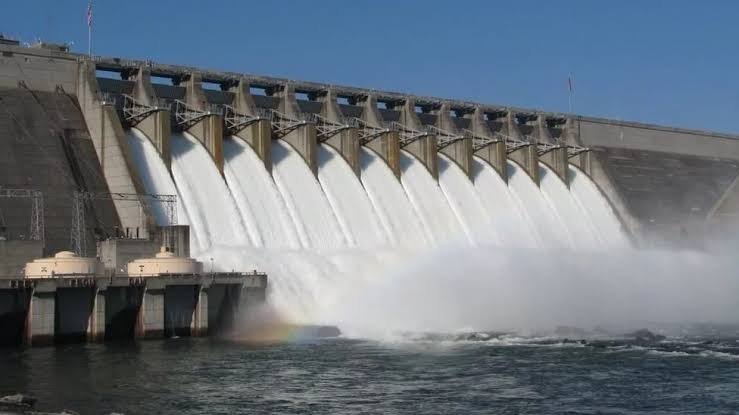
Everything you need you know about Kanji Lake National Park. One of Nigeria's Oldest and Largest National Parks
History African@africanhistory
5 months ago
Kainji Lake National Park, established in 1978, is Nigeria's oldest and one of its largest national parks, covering an area of approximately 5,341 square kilometers (2,062 square miles). Located in Niger State and Kwara State in northwestern Nigeria. It is divided into three distinct sectors: Kainji Lake, where fishing is restricted, the Borgu Game Reserve to the west of the lake, and the Zugurma Game Reserve to the southeast. The park is managed by the Federal National Park Service (FNPS) and receives direct government funding, allowing for enforcement of anti-poaching measures under national park law.
Key Features and Attractions:
Biodiversity and Wildlife: Kainji Lake National Park is a biodiversity hotspot, hosting an impressive array of flora and fauna. The park is home to 65 mammal species, 350 bird species, and 30 species of reptiles and amphibians. Notable mammals include lions, leopards, elephants, African wild dogs, cheetahs, hippos, antelopes (such as roan antelopes and kobs), baboons, patas monkeys, and hyenas. Reptiles include Nile crocodiles, West African slender-snouted crocodiles, and various snakes and lizards. The lake itself contains 82 species of fish, making it a significant site for aquatic biodiversity. Birdwatchers can spot species like the Secretary Bird, Ground Hornbill, Great White Pelican, little grebe, spur-winged goose, and cattle egret, with over 180 bird species documented.
Landscape and Vegetation: The park features a varied landscape of round hills, wide pediments, and incised river channels that slope toward the River Niger valley. Its vegetation is primarily Guinean forest-savanna mosaic, with savanna woodlands dominating the Borgu sector (3,929 km²) and more degraded, overgrazed areas in the Zugurma sector (1,370 km²). Common tree species include Burkea africana, Terminalia avicennioides, Afzelia africana, and Daniella oliveri. Rivers such as the Oli, Timo, Doro, Maingyara, and Nuwa Tizururu drain the park, contributing to its hydrological richness.
Kainji Lake and Dam: The park encompasses part of Kainji Lake, a reservoir on the Niger River formed by the Kainji Dam, which was constructed between 1964 and 1968. The dam, located in the northern part of Niger State, is a major hydroelectric power source for Nigeria, with a capacity to produce 960 MW, though only 760 MW are currently utilized. The lake is 136 kilometers long and supports a variety of activities, including boat cruises and recreational fishing, with its diverse fish species attracting anglers.
Tourism and Activities: The Borgu sector is the primary area for tourism due to its better infrastructure, while the Zugurma sector lacks access roads and facilities. Visitors can engage in wildlife watching, bird watching, boat cruises on Kainji Lake, and tours of the Kainji Dam power station. The park offers conservation education, camping sites, and guided tours, with accommodations available at the Kainji Parkway Hotel. Sightseeing spots like Ganwa and Doro Hills provide excellent vantage points for viewing the park’s terrain. The park is open from December to June, with the dry season being optimal for wildlife observation and accessibility.
Visitor Information:
Best Time to Visit: The dry season (December to March) is recommended for easier access and optimal wildlife viewing, though the park is open until June. Visitors should be cautious at night due to the lack of security agents and the presence of wild animals.
Cultural and Historical Significance:
The park has historical ties to the region, including the submerged town of Old Bussa, which was relocated during the dam’s construction. It is also linked to the explorer Mungo Park, who reportedly faced tragedy in the area in 1805. The park serves as a site for research and environmental education, contributing to broader conservation knowledge.
In conclusion, Kainji Lake National Park is a vital conservation area in Nigeria, boasting impressive biodiversity and hydrological richness. Despite facing significant challenges such as poaching, inadequate funding, and security issues, the park remains a crucial site for wildlife conservation and research. Efforts to address these challenges and promote sustainable tourism practices are essential to ensuring the long-term protection of this unique and valuable ecosystem.
#KainjiLakeNationalPark #NigerianNationalParks #WildlifeConservation #SustainableTourism #Ecotourism #NigeriaTourism #WestAfrica #ConservationEfforts #NationalParkManagement #WildlifeProtection #EnvironmentalEducation #ResearchAndConservation
Photo Credit: Niger Central
